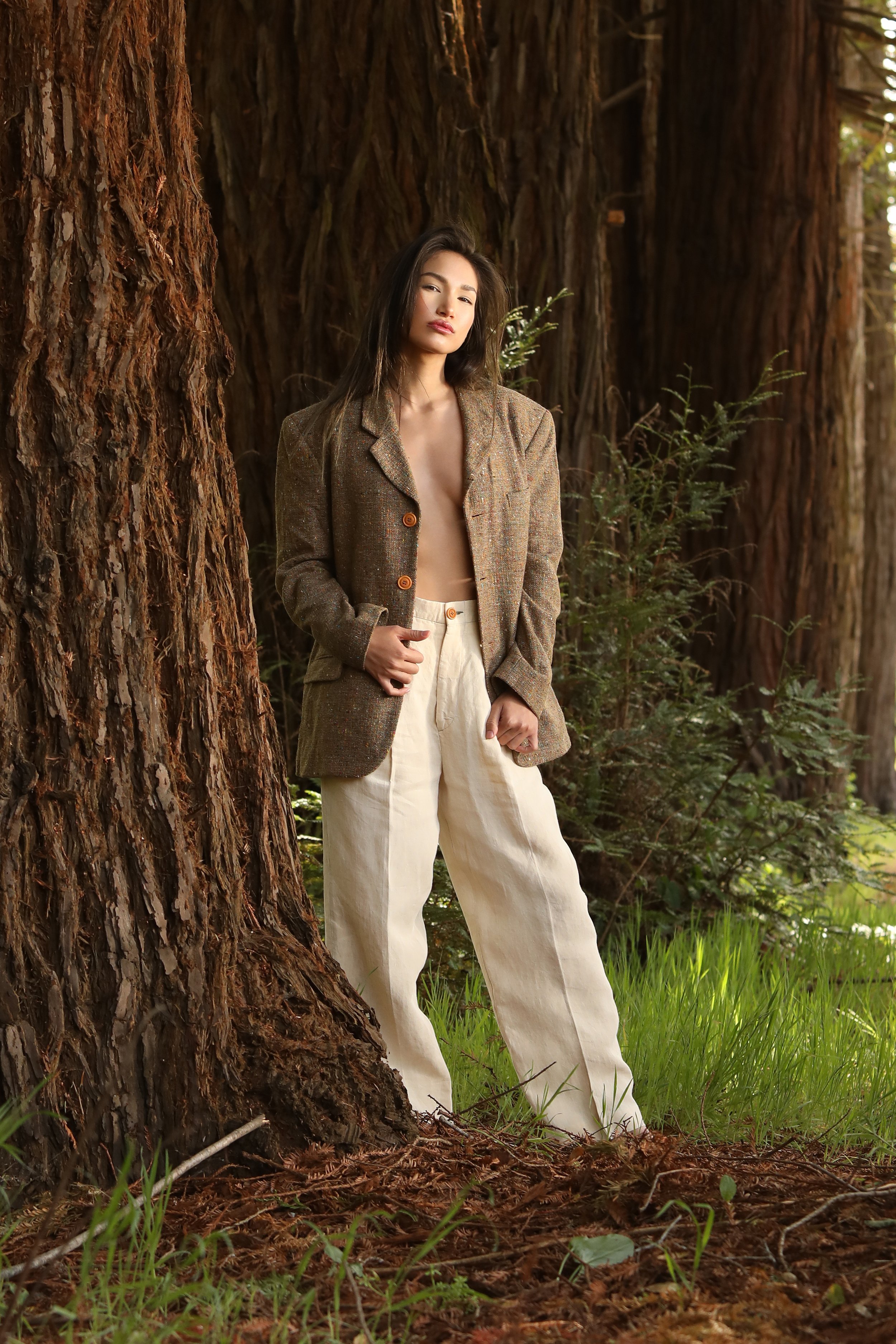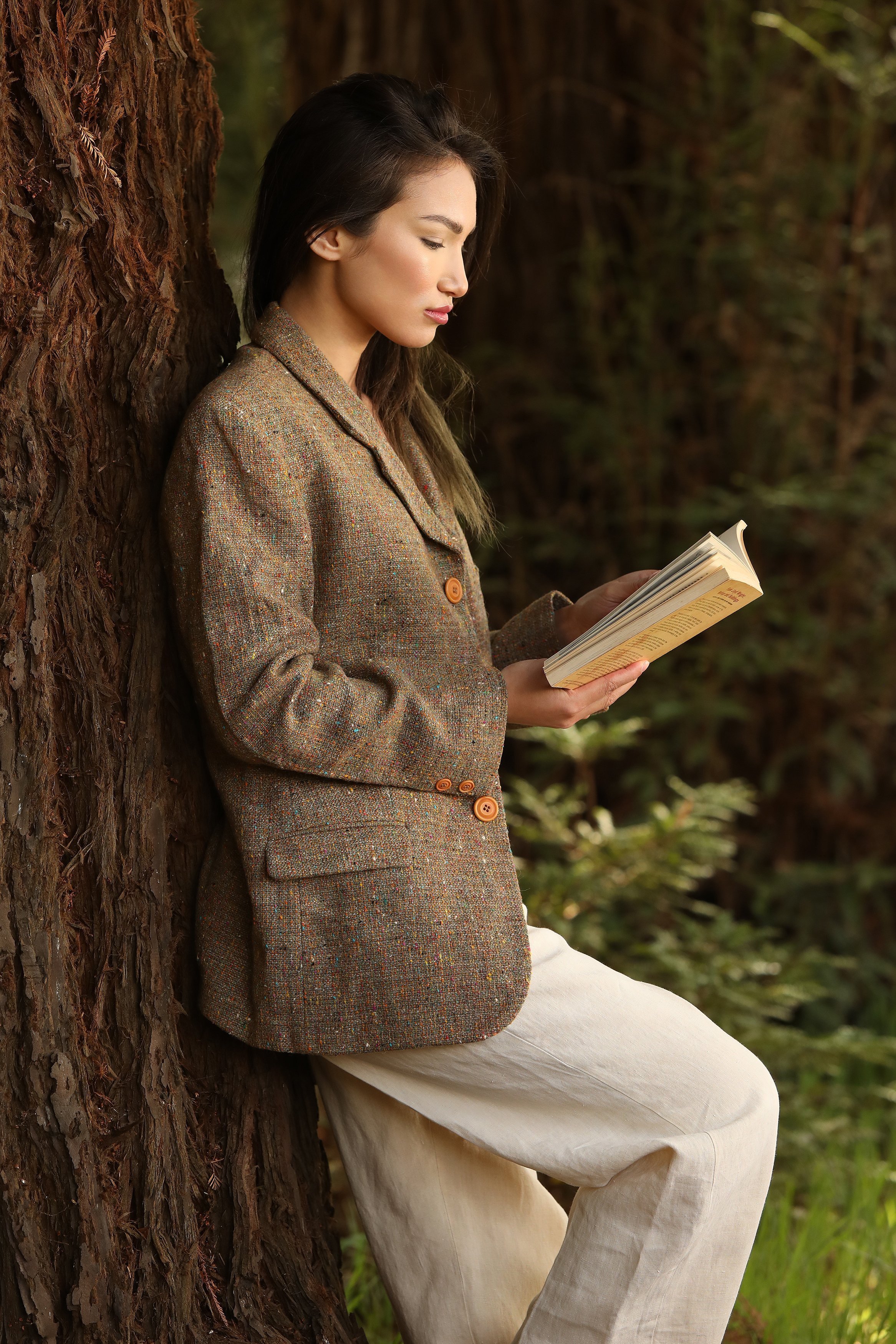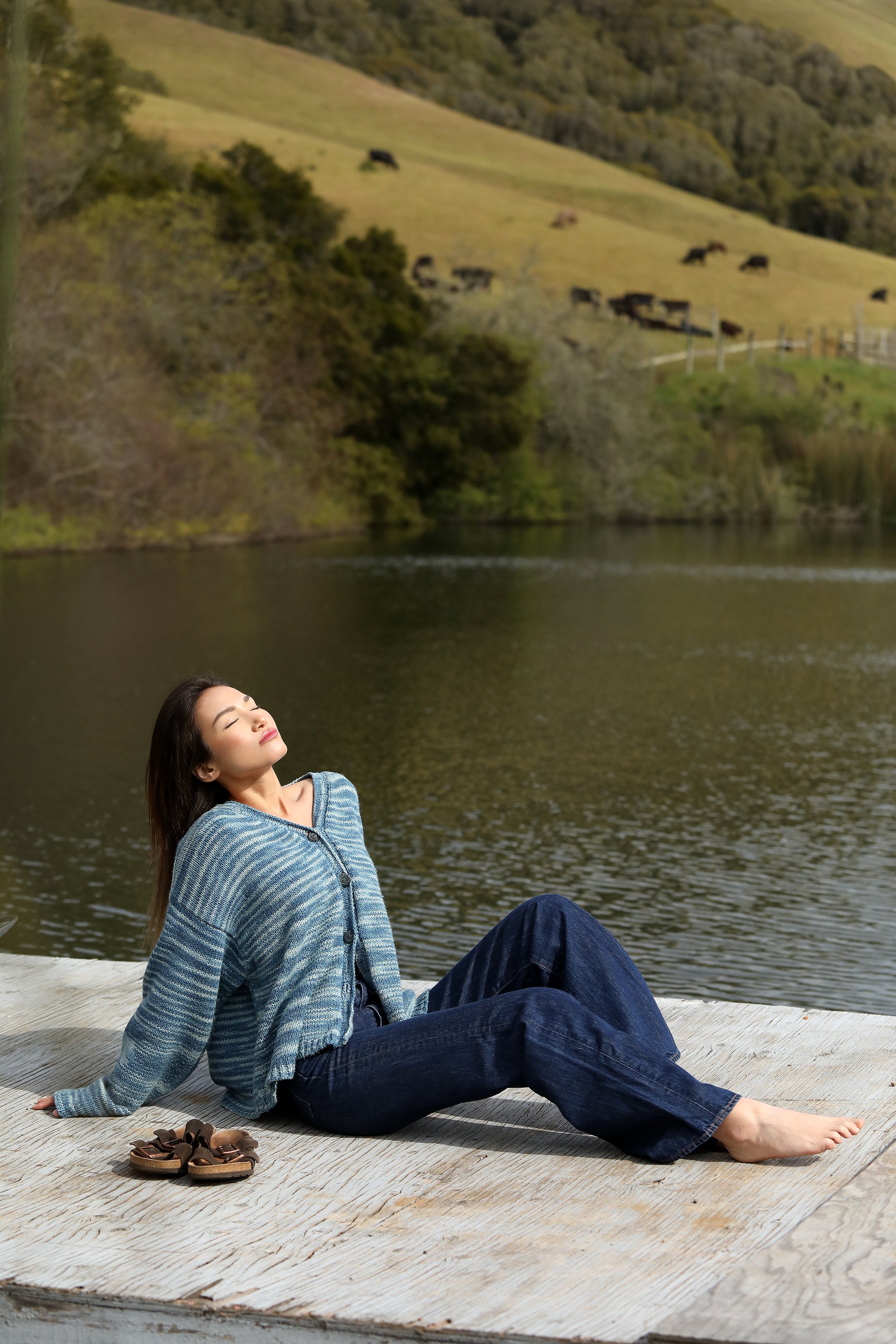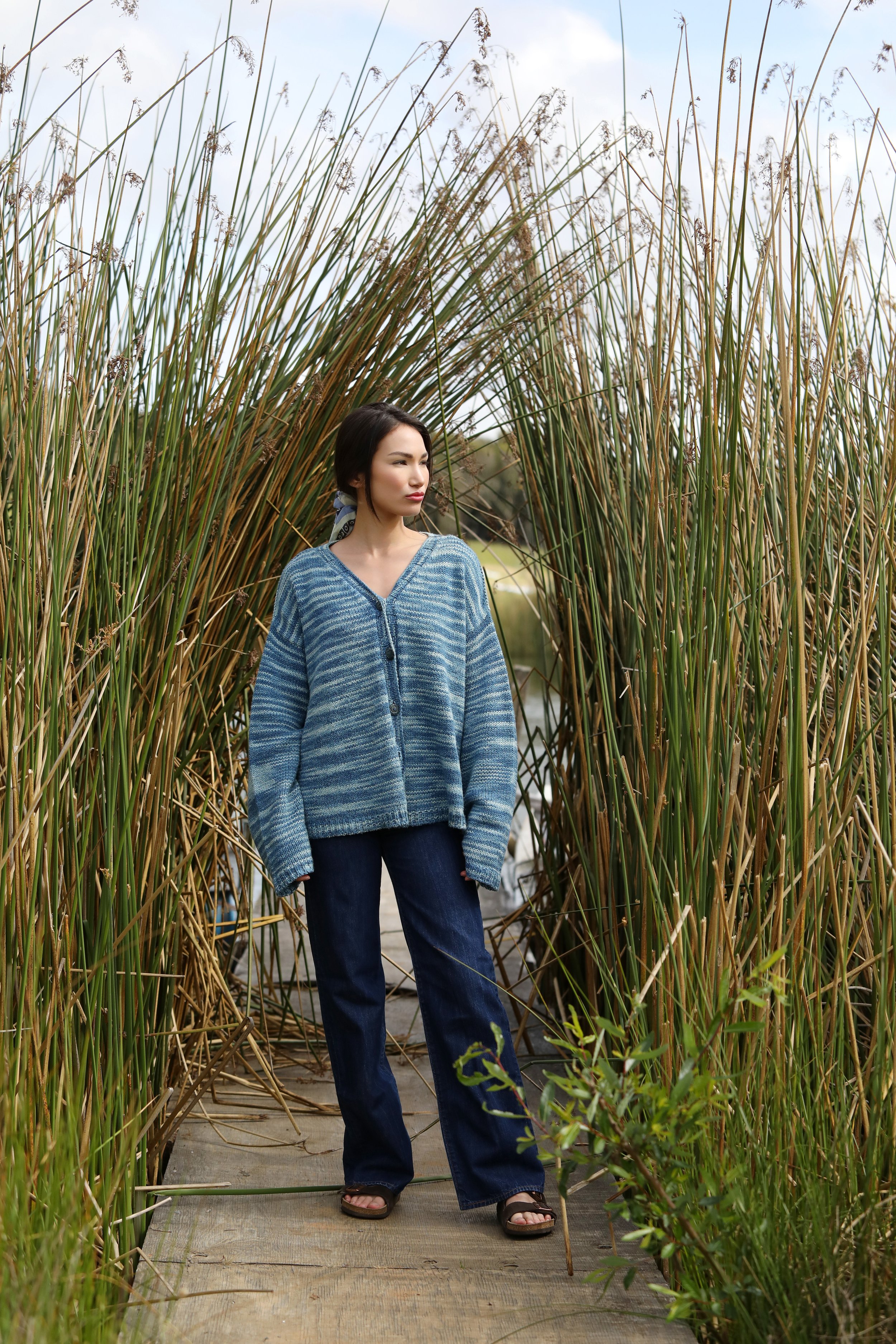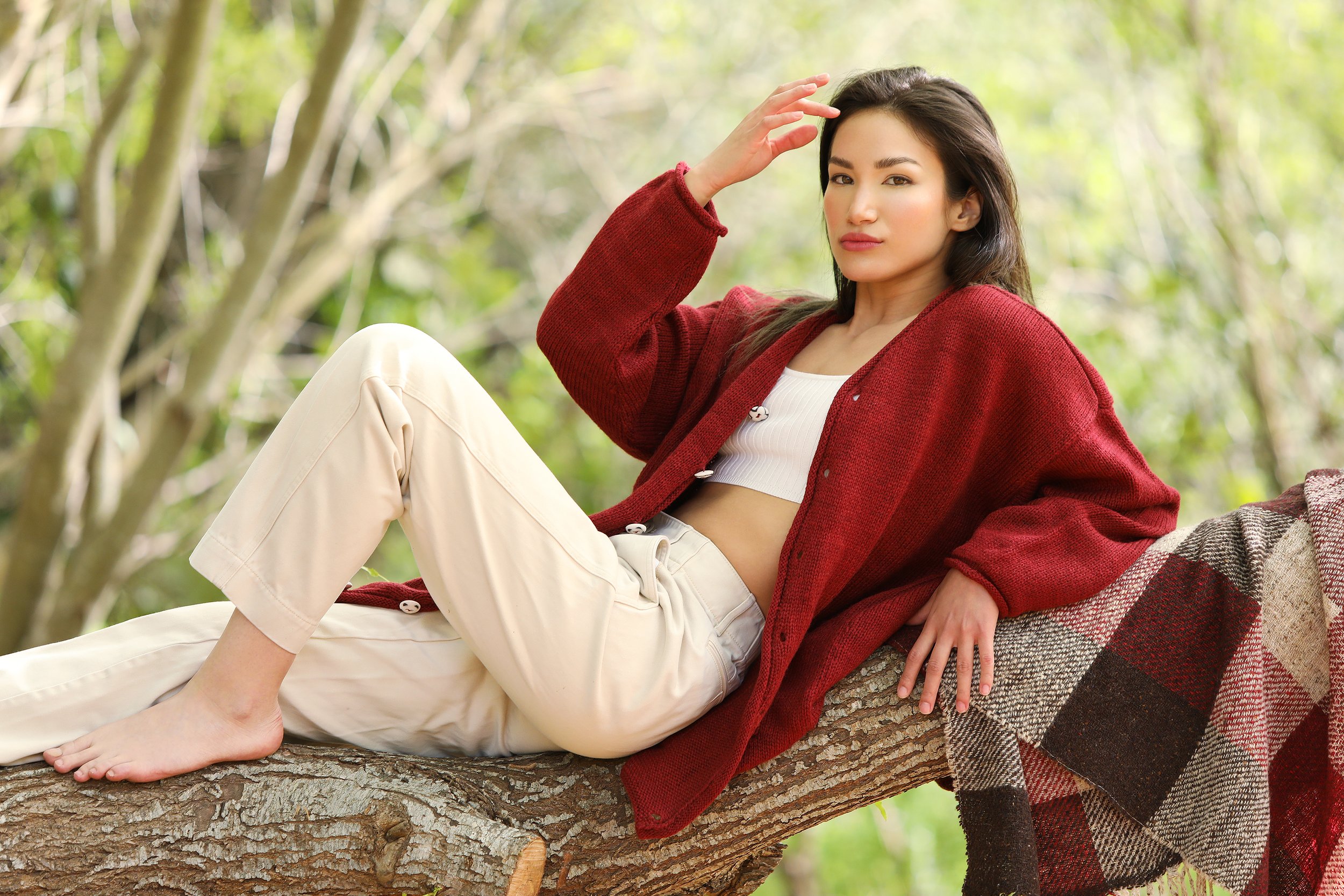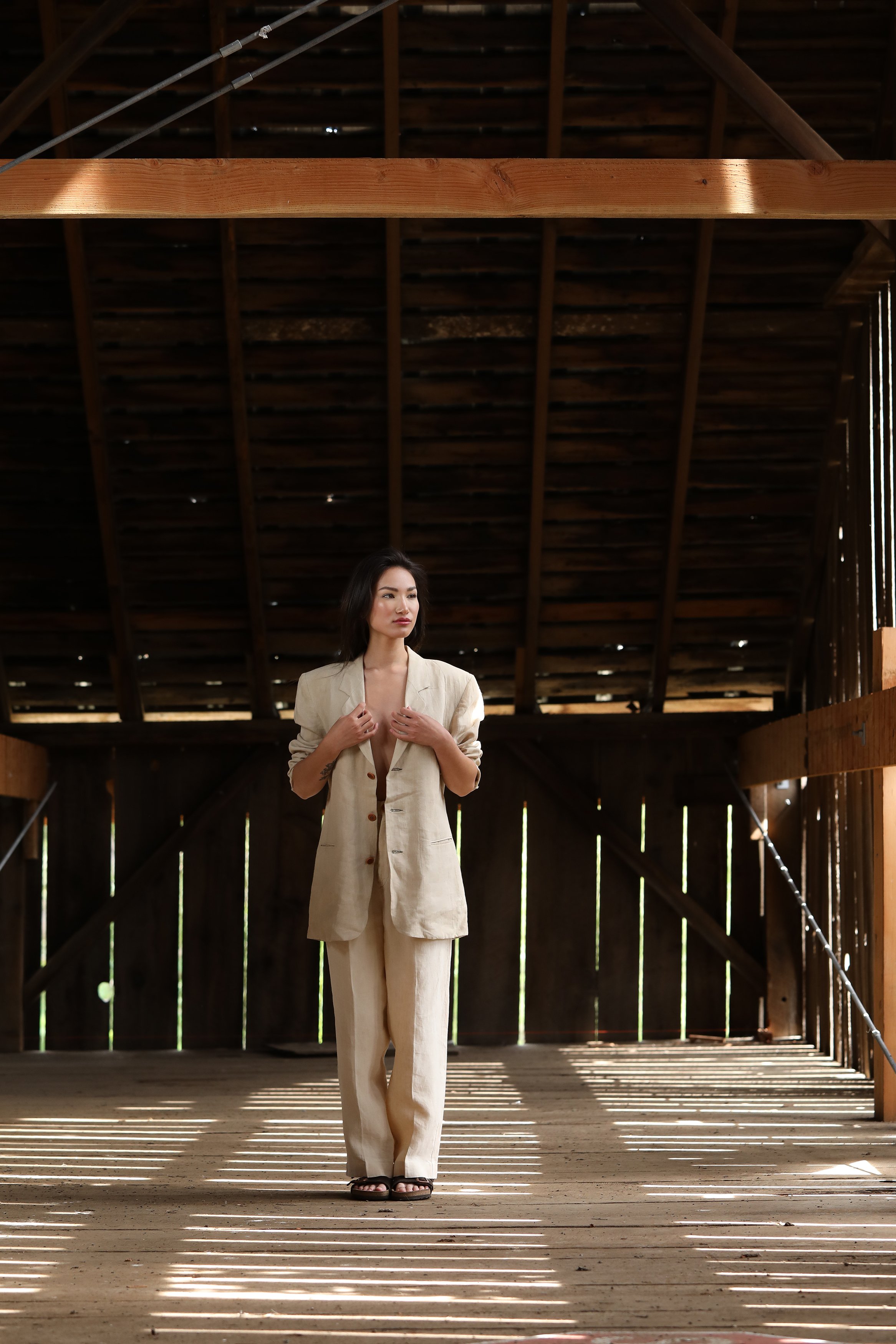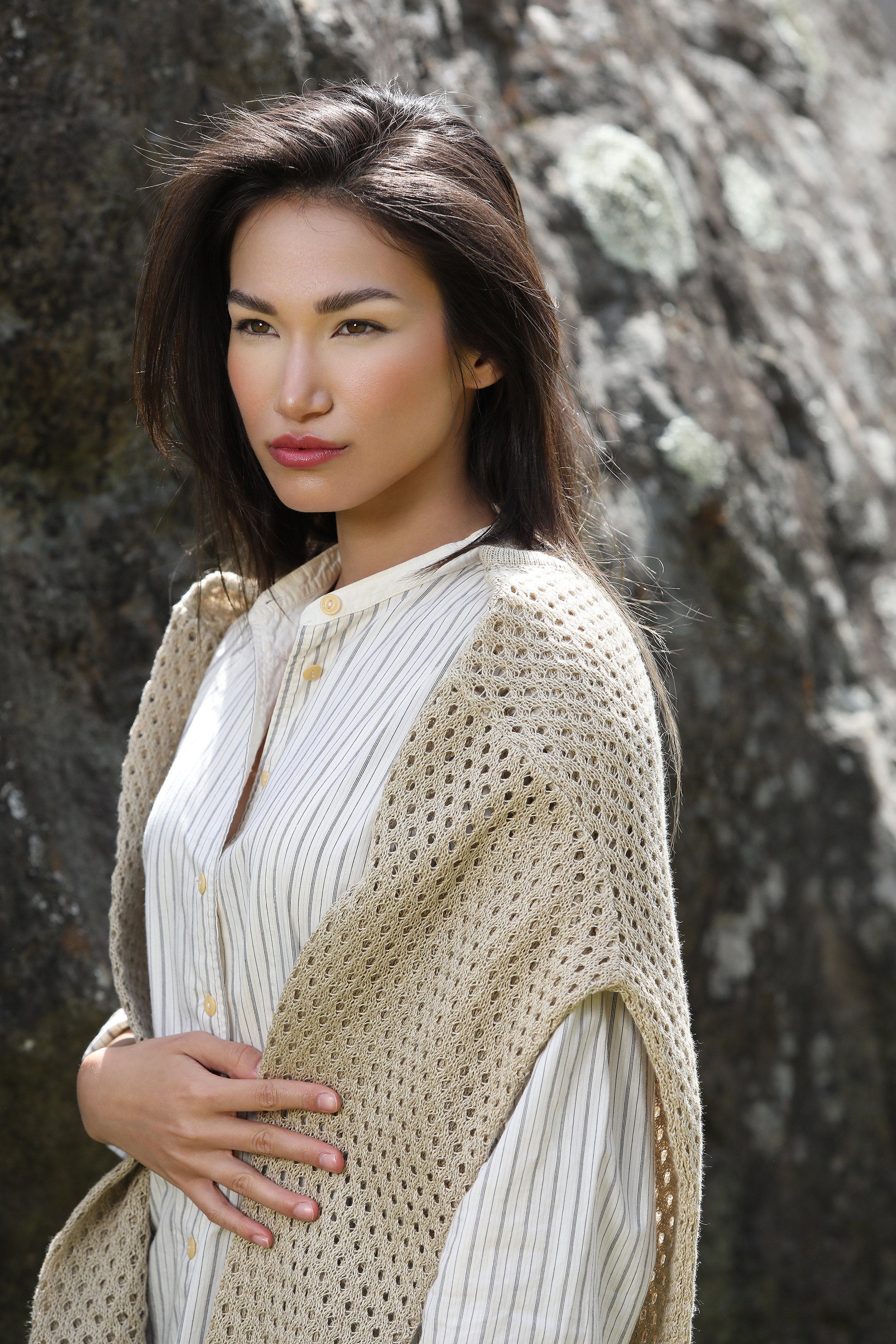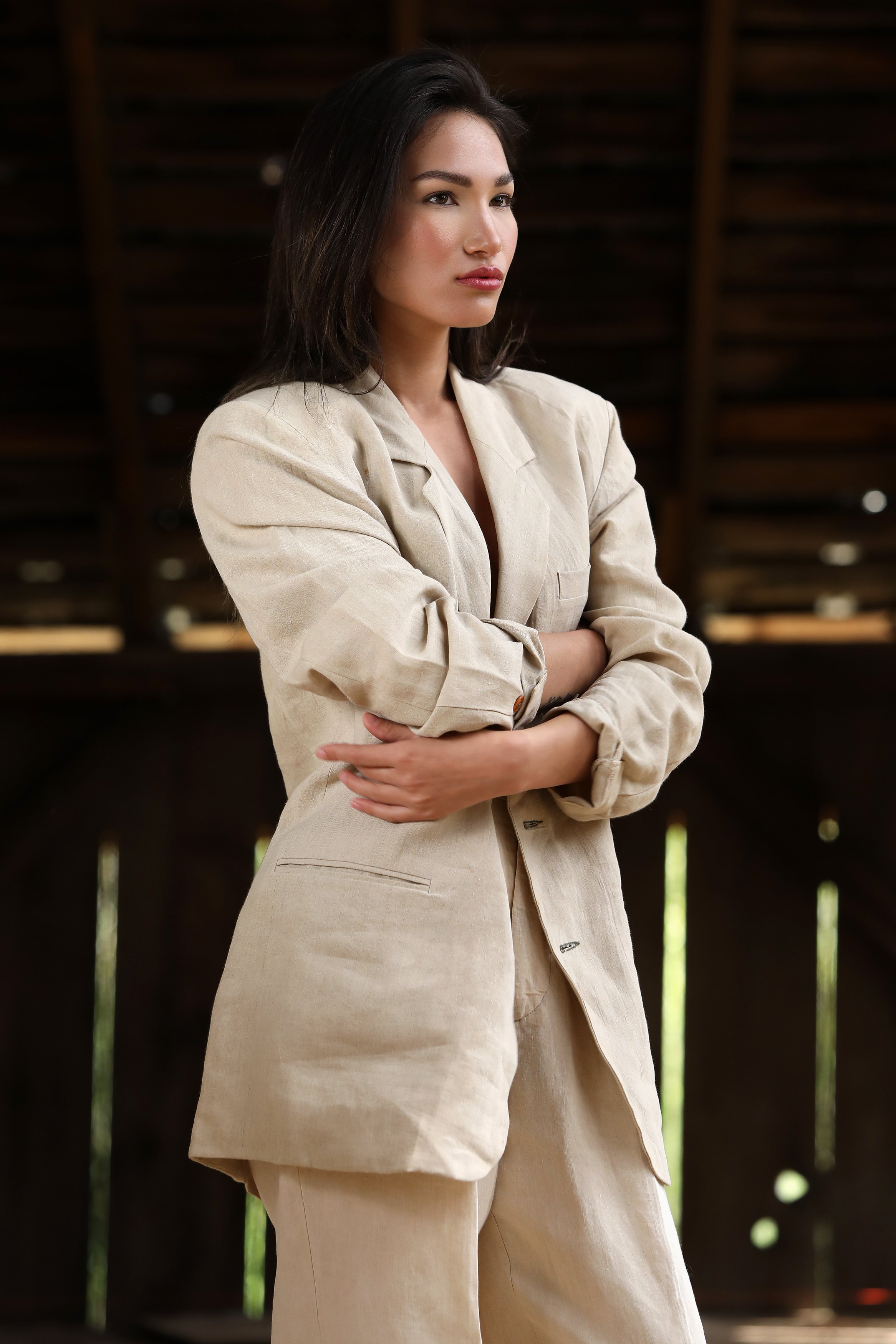How San Francisco's Esprit Laid the Groundwork for Today’s Sustainable Fashion Craze
By: Kristen Philipkoski
How San Francisco's Esprit Laid the Groundwork for Today’s Sustainable Fashion Craze
Every fast fashion brand today seems to have a sustainable collection. New, smaller brands are often focused from the start on environmental and social responsibility. And customers increasingly want clothing that’s made without harming people or the earth.
But in the early ‘90s, sustainability was nary a glimmer in fashion’s eye. Environmentalism was beginning to enter the general public’s consciousness, but how clothes were made and with what materials was given little thought.
Enter Esprit’s ecollection, launched in 1992 under the leadership of head designer Lynda Grose, who is now a professor at California College of the Arts in San Francisco, where she teaches sustainable fashion design. At Esprit, she and her team did some of the earliest research and development that led to new ways of making clothing that would have less impact on the earth—many of which are still in use today.
The brand’s original founders, Doug and Susie Tompkins (now Susie Tompkins Buell) were children of the 60’s (the couple met when Susie picked up Doug while hitchhiking), and social responsibility was part of their DNA. So it’s no surprise Esprit was the first fashion company to develop a globally distributed environmentally conscious clothing collection.
It was an exciting time to be in fashion, and, in particular, at Esprit, Grose says.
“We were onto something and we were supported from the top down,” she says. “Doug and Susie never short changed the effort. We had access to the best environmental thinkers to research solutions, and we then applied theory into practice—no one else was doing that at the time.”
Even Patagonia—a brand widely regarded as one of the original environmentally-conscious companies—adopted organic cotton in 1996. “ecollection brought it to market did in 1992,” Grose says.
The top environmentalists in the world, including David Brower, Paul Erilich, and Dave Forman, founder of Earth First!, regularly gave lectures at Esprit during Grose’s tenure. With their influence, she and her team developed new and better ways of making clothing using ‘low-impact dyes’, colored cotton, organic cotton, organic linen, recycled glass for buttons, electroplating alternatives for hardware, and more. Esprit was also the first fashion brand to market the ecological benefits of Tencel.
“There was a big trend at the time for unbleached and undyed cotton, but we knew we needed color,” Grose said. “So we developed ‘low-impact dyes; that reduced water use, could be used at room temperature, and used less energy. ‘Cold pad batch dyeing’ is still one of the most efficient dying systems today.”
They discovered that turquoise and Kelly green dyes required heavy metals. “So we just didn’t use Kelly green and turquoise,” she said. “But we managed to have a good range of color.”
Colored cotton was a particularly earth-friendly choice, and even today most people are surprised to learn that cotton grows from the ground in a variety of colors including taupe, green, and pink.
“It was really fun to show people a striped t-shirt and say ‘this didn’t take any dye.’” Grose said. “We’d have to show photographs of the actual plants for them to understand it.”
ecollection ran from 1992 through 1995 and Grose saved as many pieces as she could, some of which she generously allowed us to borrow for this story.
One of her favorites is the tweed recycled-wool jacket that she describes as having a very Kenzo vibe.
“That’s because we used an Irish supplier that used to supply Kenzo,” Grose said. “They would use recycled fiber and wool from Prato in Italy, and it was really lovely colors from all the discards. I remember climbing on all the mountains of sweaters they had in Prato—they would have all the yellows in one pile, reds in another and blues in another.”
Even though ecollection was less than 1% of Esprit’s overall business, the main line incorporated many of the eco team's practices through a project marketed as Blue Planet.
And these new methods made impacts far beyond Esprit.
“We were trailblazing in terms of bringing ideas to market. We provided a market and an incentive for farmers to grow organic cotton,” Grose said. The same happened with low-impact dyes—Esprit provided a market (for more expensive bi-functional reactive dyes), so suppliers finally had an incentive to use them.”
Unfortunately, she finds the fashion industry’s focus on material substitution hasn’t come very far since the 90s.
“Organic cotton is still only 1% of global cotton production, and most companies are not aware of the impacts of electroplated hardware. People present hemp as a new idea, without acknowledging others who were using it in1995,” Grose said. “Companies are less specific in explaining what ‘low-impact’ dyes really means.”
Plus, any ecological gains are often undermined by the enormous volume of regular clothing being produced because most fashion companies’ business models are dependent on growing every season. Chemical use is actually going up as are waste and carbon emissions.
But Grose calls out some Bay Area companies as innovative earth stewards. Fibershed is a non-profit that develops natural fiber and dye systems that are healthy for the soil. Unspun has developed a software and production method to make custom jeans, greatly reducing waste. And Trove creates branded reselling websites for companies including Eileen Fisher, Levi’s, Patagonia and more.
Grose is quick to point out that these brands, like Esprit three decades before them, make fashion a top priority. Designing with ecological gains as a central focus may take longer, and it might have certain limitations, but the aesthetic is never compromised.
“Sustainability was never granola for us,” she said. “We were Esprit and we were in fashion centers around the world.”
Photographer: Dominic Saavedra
Creative Direction & Coordination: Gym Tan
Stylist & Creative Direction: Hannah Hauge
Model: Nikki Eschen
Hair & Makeup Artist: Allison Sanchez
Editor: Kristen Philipkoski
Designer: Lynda Grose for Esprit*
Location: Marin Agricultural Land Trust
*Special “Thank You” to Lynda for loaning the clothing featured in this photoshoot from her private collection.


